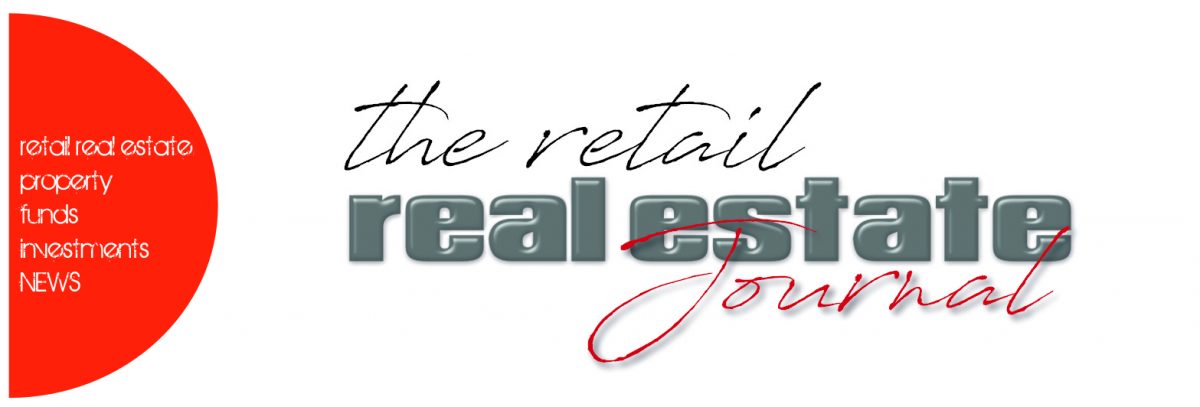 Continued improvement in occupancy in many streets and schemes as international and local occupiers continue to expand
Continued improvement in occupancy in many streets and schemes as international and local occupiers continue to expand
Dublin, November 16th 2016 – Commercial property specialists CBRE today released their latest research report, focussing on trends in the retail sector of the Irish economy and property market. According to CBRE, during the last six month period the Irish retail sector has continued to perform strongly and occupier activity has remained buoyant throughout the country’s prime locations. The report notes that although the pace of retail sales growth has eased somewhat on a monthly basis, the volume of sales remains consistently strong across almost all sub-sectors, showing an overall annual growth of 3.9% in September 2016. In addition the report also references the latest Visa Consumer Spending Index, which shows that online spending in Ireland has also increased by double digit growth for the fifth time in six months.
According to CBRE, active international and indigenous occupiers have impacted positively on occupancy levels on many of the country’s high streets in the last six month period. Of the 10 high streets surveyed as part of CBRE’s bi-annual high street vacancy study, almost all locations surveyed experienced either a reduction or stability in vacancy rates in Q3 2016. Five locations noted an improvement in occupancy rates, with Athlone and Limerick recording the biggest decreases in rates over the six month period, -3.3% and -2.3% respectively. The study also noted that a notable buzz had returned to the high streets of Cork, Sligo and Waterford where new entrants resulted in improvements in occupancy rates and footfall levels appear stronger as a result.
Just two locations in CBRE’s high street vacancy audit recorded a marginal rise in vacancy rates since Q1 2016. Killarney recorded an increase of 1.9% while Belfast recorded a slight increase of 0.1% as units merged and just one other came available. In Dublin meanwhile, where footfall levels remain consistently strong despite ongoing construction works, the agents note that the combined high street vacancy rate of 2.58% includes units which are reserved or close to fit-out, all streets are infact close to if not at full occupancy. Indeed, CBRE reports that this lack of availability on the capital’s prime high streets has fuelled rental growth in recent months, with prime Zone A rents on Grafton Street increasing to €6,300 per square metre per annum – a 15% annual increase – and prime Zone A rents on Henry Street increasing to €4,500 per square metre per annum (an annual increase of 29%). Meanwhile the agents note that as of Q3 2016, prime shopping centre rents remained stable while prime retail warehouse rents increased by 9% year on year to stand at approximately €323 per square metre per annum.
According to Bernadine Hogan, Senior Director in the Retail Agency department at CBRE, Ireland “We have seen a wide range of interest for retail accommodation throughout the country’s prime locations, both from new international entrants looking to enter the market as well as indigenous and existing retailers looking to expand their operations. Retailers appear to be taking advantage of the momentum in regional high street locations at present with a lot of the activity noted comprising retailers moving pitch on the same street. What will be challenging going forward is finding the right space for occupiers in prime locations, with many high streets and prime shopping centres nearing full occupancy”.
The agents also summarise the sector’s investment activity within the report, where it is noted that nearly half of all investment spend in the country (greater than €1 million in value) in the year to date, has been in the retail sector. Of the €1.46 billion of retail investment spend so far in 2016, 83% comprised shopping centre transactions, most notably the purchase of Blanchardstown Town Centre, Dublin 15 by US investors Blackstone for €950 million.
Within today’s release, CBRE also included an update of their Irish Retail density study taking in to account new Census 2016 figures, which show that the average level of retail density in Ireland is approximately 643 square metres per 1,000 head of population. Suzanne Barrett, Director of Research at CBRE Ireland notes that “What is interesting about this study is that it highlights the divergence of retail density levels across the country. We can see that in areas with lower levels of population such as Louth, Carlow and Westmeath, the rate of retail development in the past has led to a density almost double the national average, while counties such as Dublin and Cork with higher levels of populations have considerably lower density levels by comparison. It must be noted that this study does not take in to account drive-time catchments which is important for retailers, however nonetheless it still acts as a good barometer for future developments and to show where there is potential capacity for further retail expansion.”
